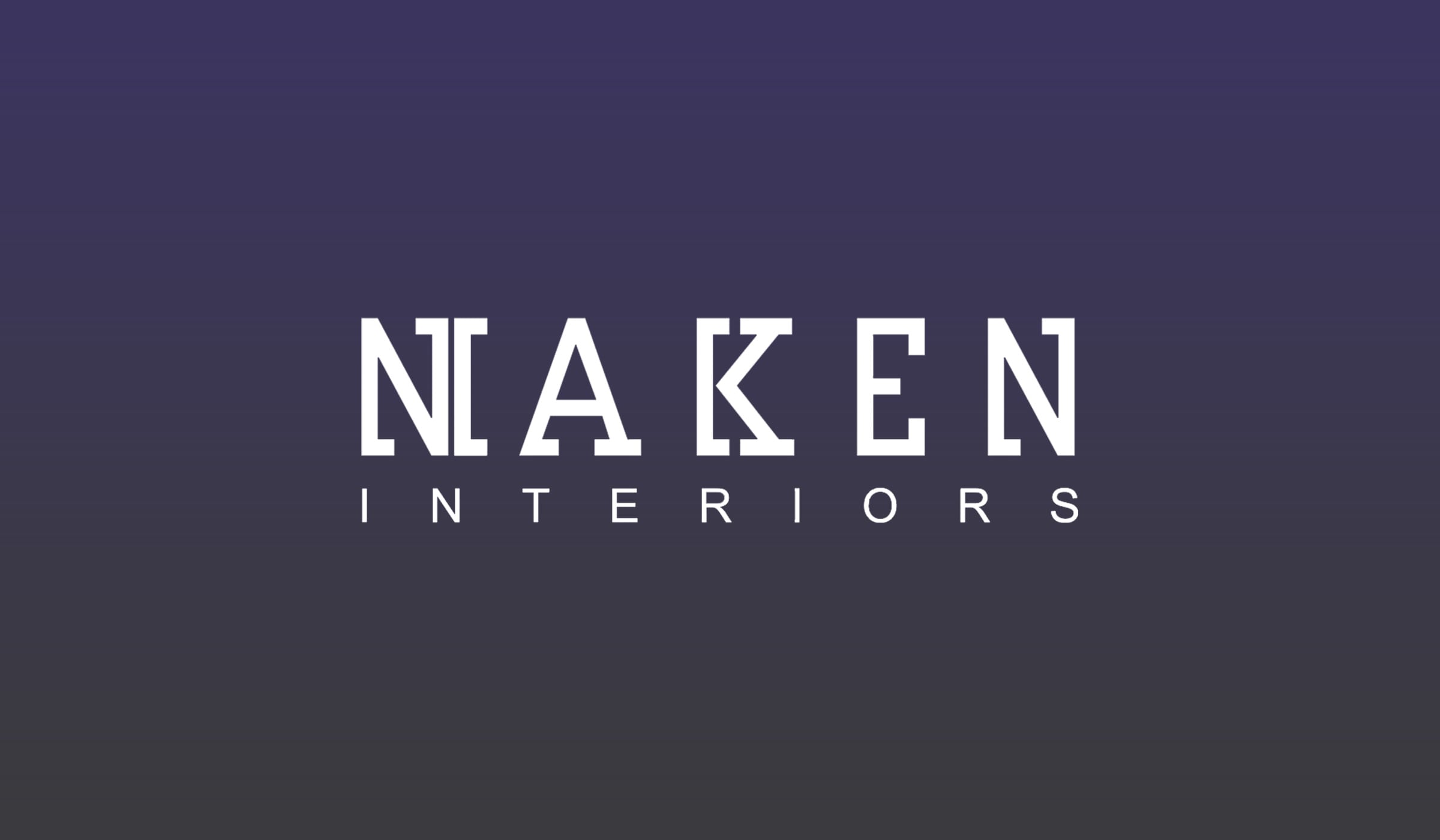
Wallpaper Through The Ages
Wallpaper has been part of our lives for hundreds of years, initially being produced as a more cost-effective alternative to the textile-based wall coverings made during the 1500’s, which were of course hugely time consuming and expensive works of art to produce. Imitating the tapestries and artwork on to a thick paper form, allowed the other households and shops to decorate, without the need to be fabulously wealthy as with the woven form of wallcoverings.
Many different styles of artwork followed, and different techniques emerged. Rice paper was used, with stunning scenes of birds and landscapes hand painted from China, through to the 18th and 19th centuries, where wallpaper’s popularity continued to rise and began to include the masses. Indeed, it was the 19th century that saw the beginnings of technological change, which would revolutionise the wallpaper market, with the invention of steam powered wallpaper printing on mass. The technology advanced in sophistication and the numbers of colours that could be utilised also advanced and increased, enabling the mass market and cost-effective possibilities more akin to modern times.
By the turn of the 20th century, interior decorators began to emerge as a mainstay within the market and as with all fashion, a look to the past is common as well as modern and new designs. By the 1920’s the Chintz style of wallpaper saw a revival in both Europe and America along with a romanticism with some, choosing wallpaper prints and designs depicting scenes from famous battles, scenes from Tudor England which became popular in America, or political triumphs from both Europe to America and beyond. The mainstay also, saw an increase of straight and shimmering lines, accompanied with ribbons and floral decorations, but variations and choice were as wide and varied as they had ever been, and this was set to continue.
With the advent of the 2nd world war during the 1940’s, the chemicals and dyes were syphoned off towards the war effort, meaning generally less colour available for wallpaper industry. This led to relatively plain wallcoverings, which may have mirrored the worlds mood at the time, but after the war and in to the 1950’s, we began to see sprinkles of floral patterns re-emerge and as always retro designs also featured, but during the 50’s and 60’s wallpaper designs still endure, including pastels, geometric shapes and wallpaper designs which included shapes and objects, like birds, balloons and more.
As time progresses, there is a larger and larger back catalogue, so to speak and choices for our imagination to wander down the ages continues to grow. The 1980’s was perhaps one of the decades which produced a number of designs which have not been replicated in volume since, with bold coloured stipes in red and black for example. Many people did however continue to take a lead from the past and during the 1970’s and 80’s the use of floral patterns along with a split halfway down the wall using dado rails came back in to fashion significantly.
Recently, over the last 20 years or so, the use of feature walls has become more prominent, with sometimes bold and stunning wallpaper designs on one of the four walls, being complimented with accessories of similar colour schemes. Also, there has been use of bold patterns and nature, but often with more space around the patterned areas of the wallpaper design, rather than always repeating the pattern throughout the wall. We do see more and more modern interpretations of classic designs such as the older vignettes of scenes, but with a different slant or design, yet still heavily influenced by the past. Also there has been a popular move towards the darker Victorian age colours and textures, re-creating an older fashioned Victorian library feel for example. Whichever style suits your preferences and tastes and whatever the ultimate destination of the interior design and home décor generally desired, you are able to achieve almost anything required, with such a selection of modern, bygone era and even ancient design ideas in print and ready to go.

